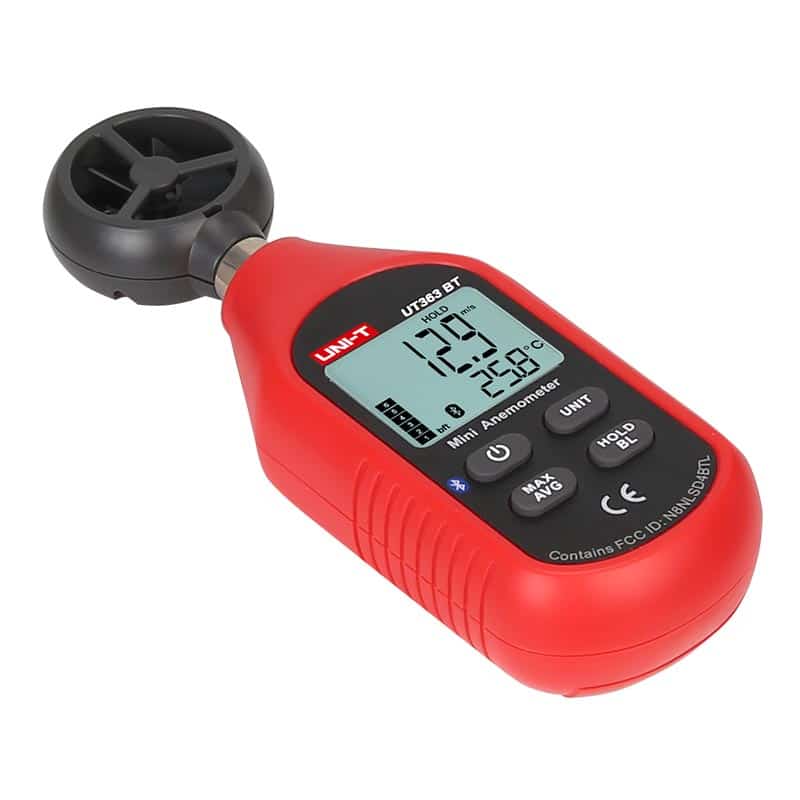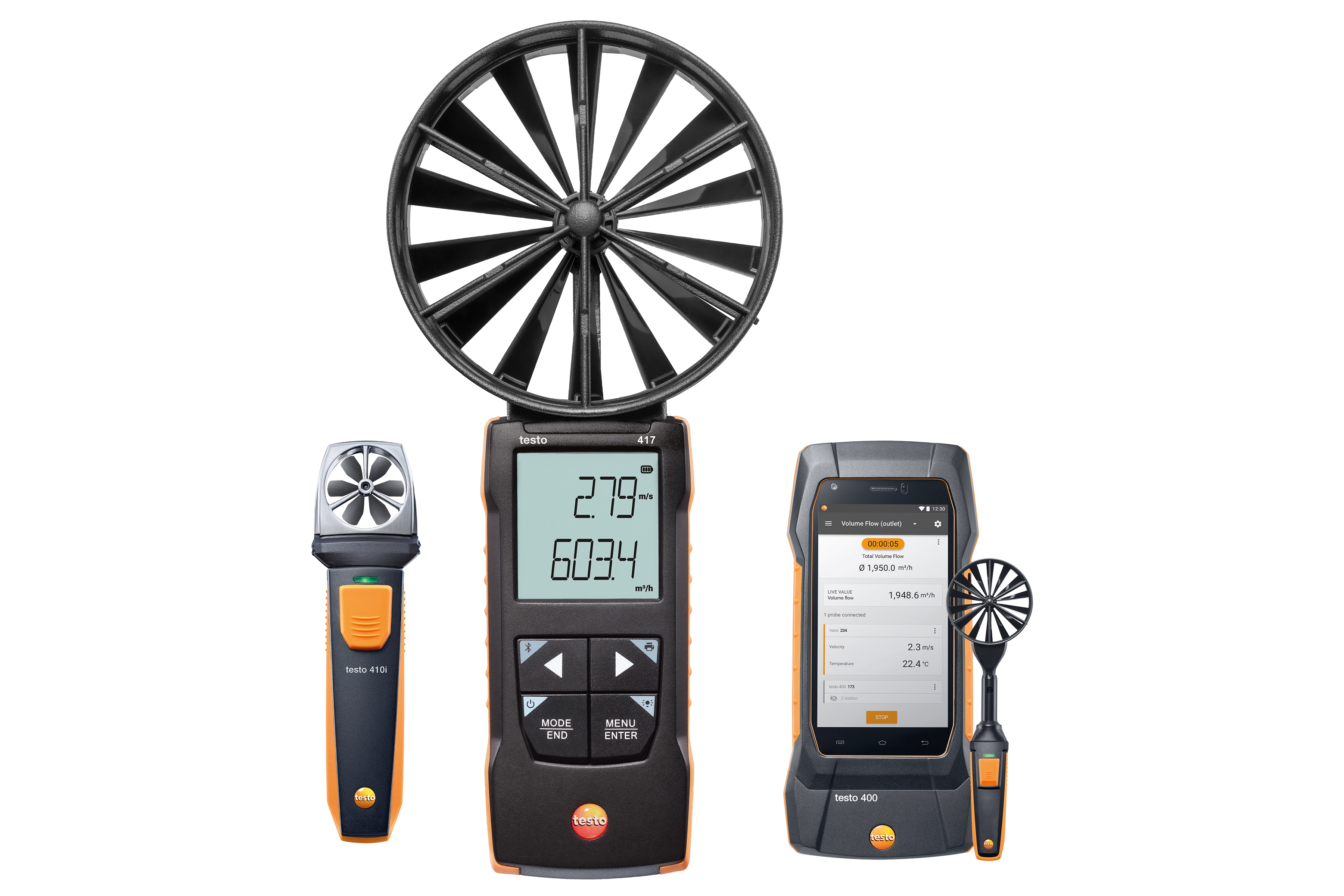How an Anemometer Can Improve Your Weather Tracking System
How an Anemometer Can Improve Your Weather Tracking System
Blog Article
Anemometers Introduced: Comprehending Their Significance in Ecological Tracking and Security Steps
The duty of anemometers in environmental tracking and safety actions is typically undervalued, yet their value is undeniable. From meteorology to aeronautics safety, anemometers play an important function in offering accurate information that educates decision-making processes and improves overall safety.
History of Anemometers
The evolution of anemometers can be traced back to the ancient human beings where basic wind measuring gadgets were initial used. One of the earliest well-known anemometers was the hemispherical mug anemometer created by Leon Battista Alberti in the 15th century.
Over the years, developments in innovation led to the advancement of more modern anemometers, including ultrasonic anemometers and laser Doppler anemometers, using enhanced precision and effectiveness in measuring wind speed and instructions. The history of anemometers showcases a remarkable journey of innovation and progression in the area of weather forecasting.
Sorts Of Anemometers
Throughout the field of weather forecasting, various types of anemometers have actually been created to accurately determine wind speed and instructions. One of the most common type is the cup anemometer, which contains three or four cups mounted on horizontal arms that rotate with the wind. As the mugs spin, the speed at which they revolve is directly symmetrical to the wind rate. An additional commonly made use of kind is the vane anemometer, which features a tail or fin that straightens itself with the wind direction. This alignment enables the device to establish the wind instructions. Sonic anemometers utilize ultrasonic signals to measure wind rate and direction properly. They are commonly utilized in study applications due to their high precision. Hot-wire anemometers run based upon the principle that the cooling result of wind on a warmed cable is symmetrical to the wind speed. These anemometers appropriate for measuring low wind rates with high accuracy. Each sort of anemometer has its staminas and is chosen based upon the particular needs of the tracking job available.
Applications in Weather Forecasting
Having actually gone over the various kinds of anemometers utilized in weather forecasting for gauging wind speed and direction, it is vital to explore their sensible applications in the field. Anemometers play an important duty in meteorology by offering real-time and accurate data on wind problems (anemometer). Meteorologists use anemometers to keep track of wind speed and direction to anticipate weather patterns, concern warnings for severe weather events like storms, typhoons, and hurricanes, and assess weather for air travel safety
In meteorology, anemometers assist in recognizing local and regional wind patterns, which are vital for anticipating weather adjustments and identifying climatic fads. These devices are also utilized in research study to study microclimates, city heat islands, and air contamination dispersion. Additionally, anemometers are used in agriculture to enhance crop monitoring practices, such as watering and chemical application, based on wind problems.
Value in Aeronautics Safety
An essential facet of making certain aviation safety and security hinges on the precise surveillance of wind conditions using anemometers. Anemometers play an important role in aeronautics by providing real-time data on wind speed and instructions, helping pilots in making educated choices throughout touchdown, liftoff, and trip. Solid and uncertain winds can significantly influence airplane procedures, making it vital for aviation authorities to depend on exact wind dimensions to guarantee the security of passengers and staff.

In the dynamic atmosphere of air travel, where even minor changes in wind speed and instructions can have extensive impacts, anemometers stand as crucial devices for advertising safe and risk-free flight.
Duty in Environmental Research Study
Anemometers play a critical role in environmental study by providing important data on wind speed and instructions. By properly measuring wind characteristics, anemometers aid scientists examine the activity of pollutants in the air, analyze the influence of industrial discharges, and forecast the spread of pollutants in the atmosphere.


Conclusion
To conclude, anemometers have played a vital role in environmental monitoring and precaution. With a rich history and different types available, these devices have been widely made use of in weather forecasting, aeronautics security, and ecological research study. Understanding the value of anemometers is necessary for precisely determining wind speed and direction, which is essential for predicting weather condition patterns, guaranteeing safe aeronautics procedures, and conducting ecological studies - anemometer. Their payments to these fields can not be underestimated.
One of the earliest well-known anemometers was the hemispherical cup anemometer designed by Leon Battista Alberti in the 15th century. Over the years, improvements in modern technology led to the development of even more contemporary anemometers, consisting of ultrasonic anemometers and laser Doppler anemometers, using increased precision and efficiency in determining wind rate and direction. Hot-wire anemometers operate based on the principle that the cooling result of wind on a heated cable is proportional to the wind address rate. Meteorologists make use of anemometers to keep track of wind rate and try this site direction to anticipate climate patterns, problem cautions for serious weather occasions like storms, storms, and tornadoes, and evaluate climatic conditions for air travel safety.
Understanding the significance of anemometers is essential for properly measuring wind rate and direction, which is vital for anticipating weather patterns, making certain secure aviation operations, and conducting ecological research studies. (anemometer)
Report this page